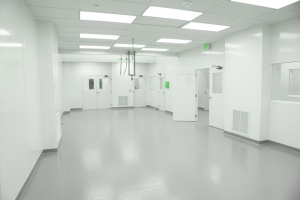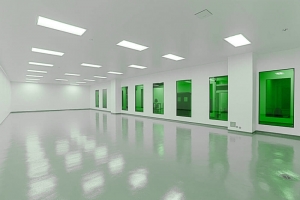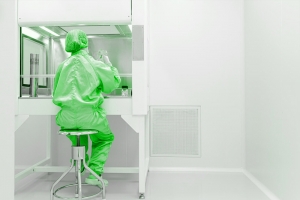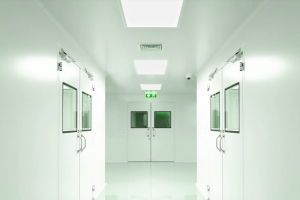Displaying items by tag: airlock
Cleanroom known unknowns: Airlocks
This article explores the known unknowns associated with airlocks and change-rooms. Design guidance, which is taken literally all too often, can lead to over-engineering and unnecessary complexity. This article looks at the fundamentals of airlock location and design and how systems of airlocks can help or hinder the operation of a cleanroom. We know that we need airlocks, but how many do we really need? The simple answer is “less than you might think”, but as usual, the reality is a lot more complex.
Cleanroom Terminology: Airlocks
When first starting the cleanroom design process, a lot of people are confused or intimidated by the new vocabulary, which can be complicated. Suddenly you have to understand classifications and all sorts of design features and figure out which of these are right for your application. Here’s a breakdown of one of the common terms you’ll hear in cleanroom design: airlocks.
Airlocks – The Ventricles of Cleanroom
In Pharmaceutical, Bio-Pharmaceutical and sterile manufacturing, the clean room environment is the major prerequisite for all manufacturing activity: without a proper movement mechanism & background environment, no medicine can be produced for patient consumption.
3 Types of Airlocks and its Purpose and applications
Airlocks are commonly used in the pharmaceutical industry to maintain cleanliness and prevent contamination of the manufacturing environment. In a pharmaceutical manufacturing facility, an airlock is a small, enclosed space that is used to transition between clean and non-clean areas. It typically consists of two or more doors that can be opened and closed to allow personnel or material to pass through while maintaining a separation between the two areas.
Cleanroom Airlock Performance And Beyond
An airlock is a transitional space that typically has two doors in series to separate a controlled environment (such as cleanroom, lab, operating room, or isolation room) from a corridor, or vice versa. The two doors should be interlocked to avoid being opened at the same time. An airlock area is often ventilated with filtered supply air, with return or exhaust air to exit. However, the relative air volume for supply, return or exhaust could vary based on the type of airlock. Poor airlock design concepts may cause undesired migration of chemical fumes, particles, or microbiological agents, which can be toxic, harmful, or infectious, into protective areas, or cause contaminated products or processes from excessive airborne contaminants inside the controlled environments.















